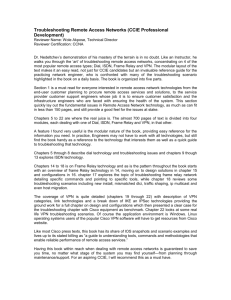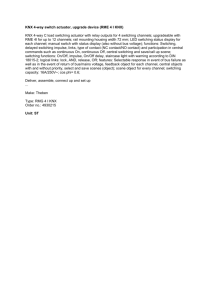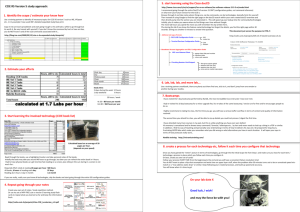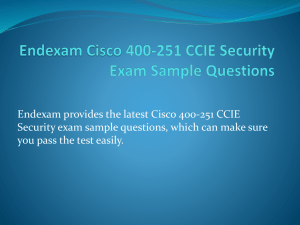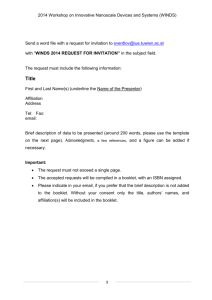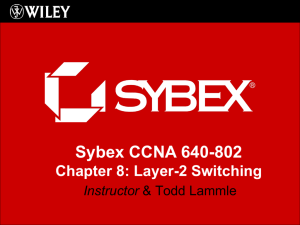Cisco Lan Switching: The most complete guide to
advertisement
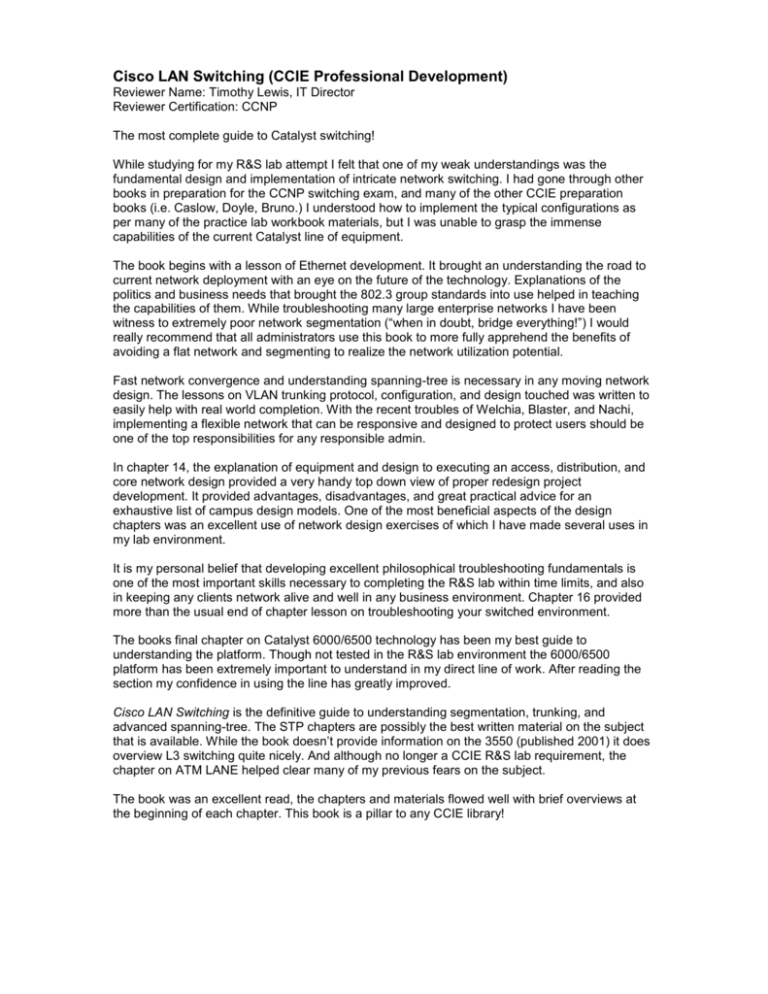
Cisco LAN Switching (CCIE Professional Development) Reviewer Name: Timothy Lewis, IT Director Reviewer Certification: CCNP The most complete guide to Catalyst switching! While studying for my R&S lab attempt I felt that one of my weak understandings was the fundamental design and implementation of intricate network switching. I had gone through other books in preparation for the CCNP switching exam, and many of the other CCIE preparation books (i.e. Caslow, Doyle, Bruno.) I understood how to implement the typical configurations as per many of the practice lab workbook materials, but I was unable to grasp the immense capabilities of the current Catalyst line of equipment. The book begins with a lesson of Ethernet development. It brought an understanding the road to current network deployment with an eye on the future of the technology. Explanations of the politics and business needs that brought the 802.3 group standards into use helped in teaching the capabilities of them. While troubleshooting many large enterprise networks I have been witness to extremely poor network segmentation (“when in doubt, bridge everything!”) I would really recommend that all administrators use this book to more fully apprehend the benefits of avoiding a flat network and segmenting to realize the network utilization potential. Fast network convergence and understanding spanning-tree is necessary in any moving network design. The lessons on VLAN trunking protocol, configuration, and design touched was written to easily help with real world completion. With the recent troubles of Welchia, Blaster, and Nachi, implementing a flexible network that can be responsive and designed to protect users should be one of the top responsibilities for any responsible admin. In chapter 14, the explanation of equipment and design to executing an access, distribution, and core network design provided a very handy top down view of proper redesign project development. It provided advantages, disadvantages, and great practical advice for an exhaustive list of campus design models. One of the most beneficial aspects of the design chapters was an excellent use of network design exercises of which I have made several uses in my lab environment. It is my personal belief that developing excellent philosophical troubleshooting fundamentals is one of the most important skills necessary to completing the R&S lab within time limits, and also in keeping any clients network alive and well in any business environment. Chapter 16 provided more than the usual end of chapter lesson on troubleshooting your switched environment. The books final chapter on Catalyst 6000/6500 technology has been my best guide to understanding the platform. Though not tested in the R&S lab environment the 6000/6500 platform has been extremely important to understand in my direct line of work. After reading the section my confidence in using the line has greatly improved. Cisco LAN Switching is the definitive guide to understanding segmentation, trunking, and advanced spanning-tree. The STP chapters are possibly the best written material on the subject that is available. While the book doesn’t provide information on the 3550 (published 2001) it does overview L3 switching quite nicely. And although no longer a CCIE R&S lab requirement, the chapter on ATM LANE helped clear many of my previous fears on the subject. The book was an excellent read, the chapters and materials flowed well with brief overviews at the beginning of each chapter. This book is a pillar to any CCIE library!
